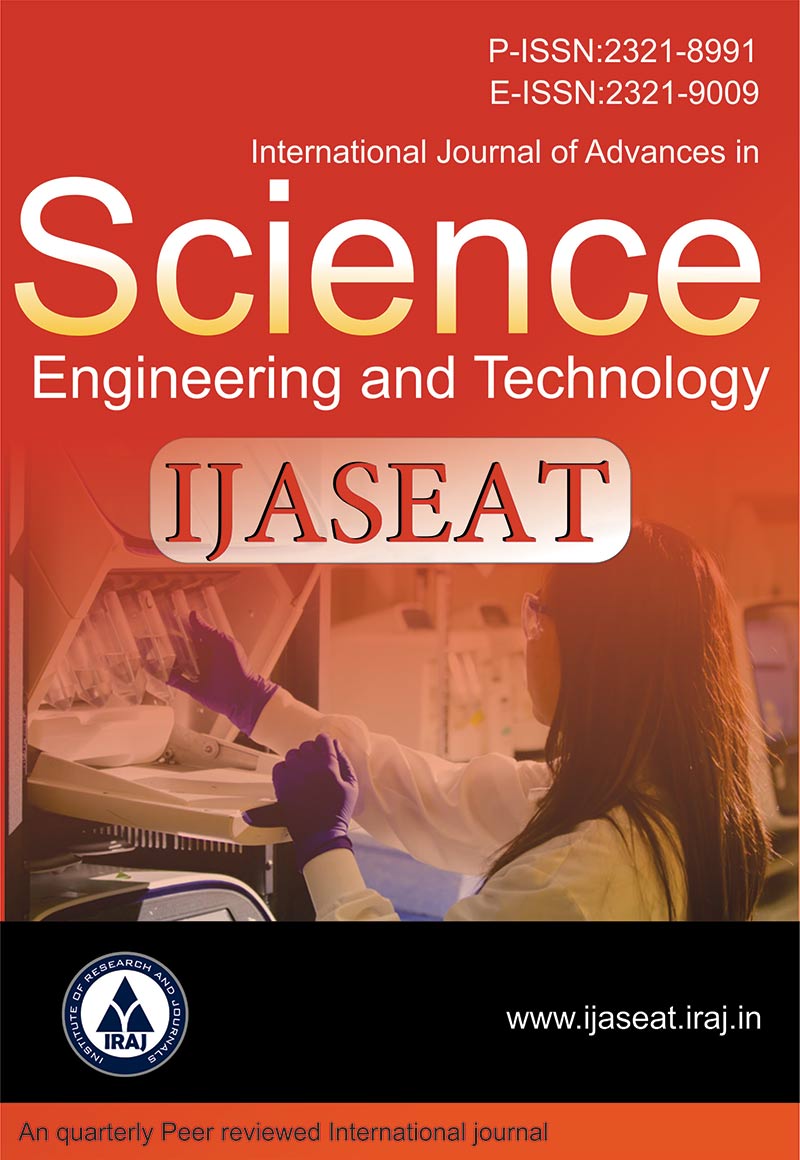Publish In |
International Journal of Advances in Science, Engineering and Technology(IJASEAT)-IJASEAT |
 Journal Home Volume Issue |
||||||||
Issue |
Volume-5, Issue-3, Spl. Iss-2 ( Sep, 2017 ) | |||||||||
Paper Title |
Phylogenetic Polymorphism in Neera-Brahmi, Bacopa Monnieri (L.) using Molecular Markers | |||||||||
Author Name |
Sanjoris Anu, Rinnu Remmies, Catherine Jose | |||||||||
Affilition |
Project Assistants, Bios Research Centre, Trivandrum,S.Kerala,India | |||||||||
Pages |
68-70 | |||||||||
Abstract |
Bacopa monnieri (L.) Penn. commonly known as the Neera-Brahmi belongs to the family Scrophulariaceae is a small prostrate herb that grows wild in marshy and damp places near water logs spreading throughout India. Over exploitation of this herbal plant species and the necessity of biodiversity conservation of this endangered plant species have attracted global attention. Accordingly, among the seven highly endangered identified plant species that needed immediate attention, B.monnieri plants have a unique position as has been highlighted by NMPB, India and Technology Information Forecasting and Assessment Council (TIFAC), DST, Government of India (http://www.nmpb.nic.in/prioritisemedicinalplants.htm). In this way Biotechnologists also took much interest in analyzing and monitoring the systemic status of this valuable plant species.Identification of plant varieties/genotypes using modern molecular markers as PCR/RFLP profile have always been sought as reliable, inexpensive, easily obtainable and versatile set of molecular tools as repeatable DNA amplification sequence being relied up on in describing the accurate systematic status of any plant or animal species. The present study envisages to trace the genetic variations using their conserved genome like mitogenome and other different long and short primer polymorphic sequences thereby intend to explore the population structure of Bacopa monnieri (L.) in India. Keywords - Bacopa monnieri, Genetic variation, Inter simple sequence repeats (ISSR), Polymorphism, Random amplified polymorphic DNA (RAPD) | |||||||||
| View Paper | ||||||||||